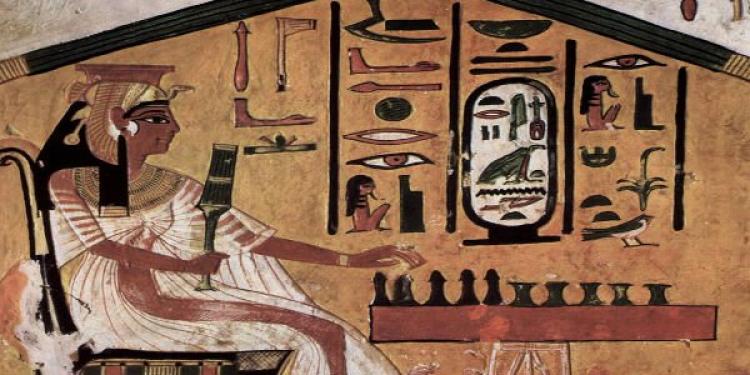Gambling in ancient Egypt: between myth and chance
Posted: April 11, 2017
Updated: October 6, 2017

Gambling in ancient Egypt is a perfect illustration how mythology and early religious rituals influenced the appearance of gambling
The beginnings of gambling can be found in the religious rituals within the pre-historic societies. As anthropological sources point out, “gambling procedures” were first involved in determining the outcome of a question by giving certain meaning to the “odd” or “even” number of pebbles or stones thrown. “Even” number usually meant a positive outcome, while “odd” stood for a negative one. However, as gambling news report, this is still a pre-history of gambling.
• Thoth was considered to be the protector of gambling
• Senet was the most popular board game in ancient Egypt
• The “real” rules for Senet are still quite unknown
Its history starts at the moment in which people started to sacrifice their own stakes in order to influence the Good Fate and improve the outcome. In the end, this type of beliefs spread to a much larger area than the religious ritual and included much of the chance-based phenomena in everyday life. This is how the story about the appearance of gambling in ancient Egypt proceeds. This highly developed civilization of the Old World was one which provids us with perfect examples about the relations between the games of chance and the supra-natural.
The mythical dimension of gambling in ancient Egypt
Explanations in the ancient scriptures credited Gods and other mythological heroes with the invention of gambling. For instance, from the Egyptian hieroglyphs we find out that the god Thoth (Tehuty, Djehuty, Tahuti, Tehuti, Zehuti, Techu, Tetu) who was the divine physician, inventor of writing and supreme judge invented gambling. Thoth was one of the earlier Egyptian gods. The relation between him and gambling is derived from the myth according to which he was thought to be the inventor of the 365-day calendar (which replaced the inaccurate 360 day calendar). According to this myth, he earned the extra days by gambling with the moon (Iabet or Khonsu) in a game of dice to help the goddess Nut.
Games played in ancient Egypt played: Senet, the game of passing
On the Egyptian tombs we find many depictions of people gambling or playing games which gives us reasons to believe that games as well as gambling games were inseparable part of the everyday life in ancient Egypt. The most popular board game in ancient Egypt is believed to be Senet which means the “game of passing”. It was played by two people, as online gambling sites in UK note, either on carved boards like the one found in Tutankhamen’s tomb, or simply scratched into the earth. The oldest known representation of Senet is in a painting from the tomb of Hesy, from 2686 BC.

The board used for playing Senet had thirty squares laid out in three rows of ten. Some of the squares had symbols on them and the path of the counters probably followed a reversed S across the board. The symbols represented ether good or bad fortune, and affected the play accordingly.The movement of the counters was decided by throwing four two-sided sticks or, in some cases, knuckle-bones.
Senet as a game was also developed closely with the mythology of ancient Egypt. At least by the time of the New Kingdom in Egypt (1550–1077 BC), senet was conceived as a representation of the journey of the Ka to the afterlife. This connection, is made in the Great Game Text, which appears in a number of papyri, as well as in the appearance of markings on the senet boards themselves. The game, as online gambling sites in EU note is also referred to in Chapter XVII of the Book of the Dead.












